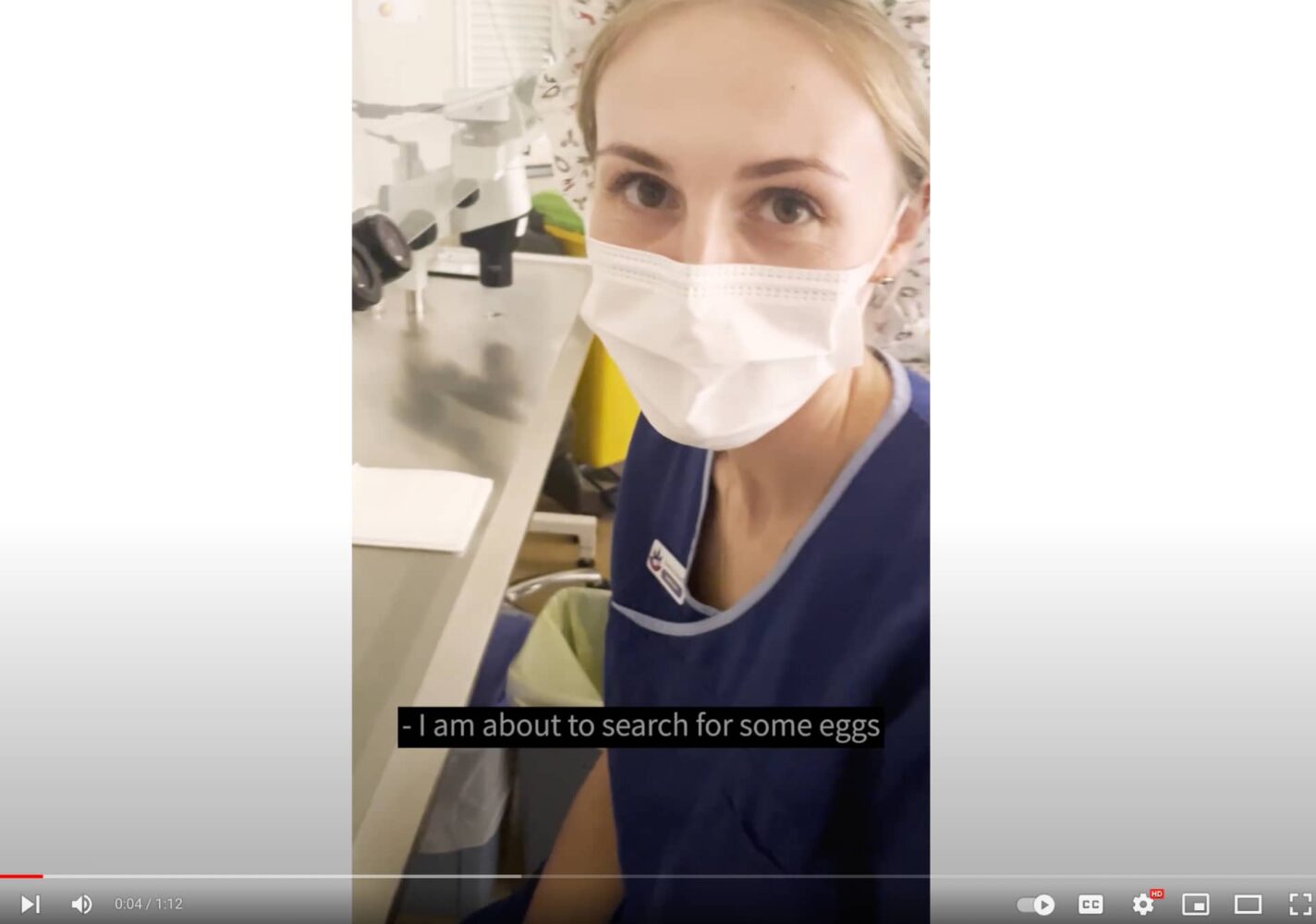IVF egg collection
Have you ever wondered what happens after your egg retrieval procedure? Watch the videos and learn how eggs are collected in the fertility journey.
IVF egg retrieval explained
Egg collection during IVF
Before we dive into the details of an egg collection, let’s quickly recap what IVF is. In short, it is a form of assisted reproductive technology to overcome a range of fertility issues.
The whole idea of IVF is to maximise your chances of falling pregnant by generating as many mature eggs as possible. We call this the stimulation phase and it involves injecting medications for 8-14 days, to induce the ovaries to produce many eggs. When the eggs are retrieved, they get fertilised in the lab and the embryos start to develop. This process takes about 5 days. Then, you will come into the clinic for a 10-minute procedure, which is called the embryo transfer.
"During the egg retrieval procedure, you’re asleep and the whole process takes about 20 minutes. During that time, all ovarian follicles are drained and the fluid (hopefully containing an egg) is passed over to an embryologist to find the egg."
As you can imagine, your egg retrieval is a major milestone in the IVF procedure. Fortunately, the procedure does not take very long, and before you know it you will wake up in the recovery room and an opportunity to find out how many eggs have been collected.
IVF egg collection in the lab
Behind the scenes: this is how eggs are collected
Whilst you are asleep and the follicles are being drained, the embryologist gets to work. The fluid from each follicle is examined under the microscope.
"The embryologist is looking for eggs and in the video, you will see that the first fluid sample didn’t contain an egg. That is not abnormal, as not all follicles contain eggs. That’s why the number of follicles and the number of eggs don’t always match."
Once your eggs are collected in the lab, they are fertilised with your partner’s or donor sperm. First, the sperm is washed and concentrated, and about four hours after your egg retrieval procedure, the sperm is added to your collected eggs. They are placed in an incubator overnight and the next day, the embryologist will examine them for signs of fertilisation.
"There is a chance that not all of the eggs will have been fertilised. Usually, about two-thirds of eggs fertilise. The embryos will divide and multiply their cells over 5 to 6 days to become blastocysts. Embryos that survive to that stage have a higher implantation potential."
The final stage of your IVF procedure is the embryo transfer. As you may end up with multiple embryos, you can choose to freeze and store them at our facilities to use for future pregnancy attempts.
Many couples have asked me how a transfer with a frozen embryo is different from a fresh one.
"The transfer itself is the same. The process prior to the transfer is different though. A frozen embryo needs to be thawed - we call this process embryo warming. In this video you see our embryologist Jason moving the embryo from the warming dish to the culture dish, preparing it for transfer."
IVF egg collection video
My purpose
As you can see, assisted reproduction is an exciting field that continues to rapidly evolve.
“I am always humbled by the magic that happens in the fertility lab. It’s exciting to see an embryo developing through the blastocyst phase and as a fertility specialist, it’s a privilege to be involved in this whole process. From diagnosing, to making choices that are best for your individual situation, all the way to starting a successful pregnancy.”
My team and I have helped hundreds of families here in Perth. If you need support on your fertility journey, please make an appointment and I look forward to helping you.


